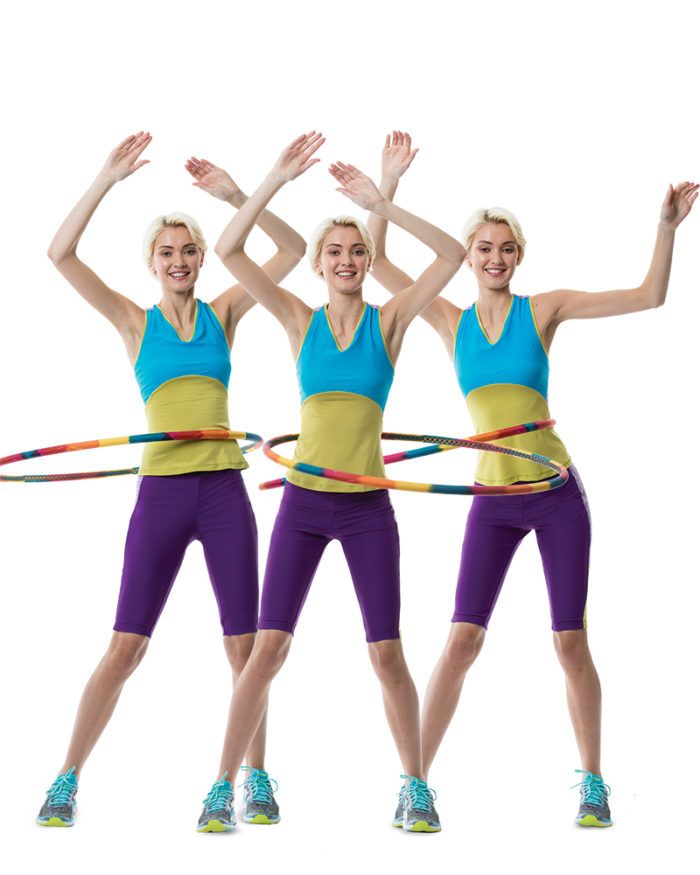Professional Methods for Sewing Activewear
Sew activewear gear that really works out.
With smart fabric choices, design options, and finishing techniques, you can have activewear that’s customized to your favorite athletic activity – whether you’re competing for a gold medal or just hiking in your local park. Garments worn during exercise must hold up under stress and repetitive motions for hours on end. It’s not enough for them to look good while you’re standing or sitting still.
Functional sportswear must also fit the wearer through movements never seen on the fashion runway. Activewear environments can differ greatly from daily life, and the right fabrics and sewing techniques can make all the difference.
The good news is that a home sewer can make custom, affordable activewear. The garments may have different demands from casual – or formalwear, but great results can be achieved with a bit of planning.
On-the-road testing is essential to success with activewear. When working with a new design, sew a “muslin” in inexpensive stretchy fabric, not just to test the fit, but also to test the garment’s performance and movement in your chosen activity. Activewear fit and function are personal, and you can adjust, adapt, and evolve your designs into exactly the garments you like.
Choose fabrics for comfort
Look for textiles with the right combination of stretch, recovery, support, and moisture management so your activewear enhances your workout.
Seek stretch
In general, activewear fabrics require stretch and recovery so garments move with the body and return to their original form. Power mesh can be added in strategic places to provide support or to add cooling panels where you need them most.
Most patterns include a stretch guide or an indication of the percentage of stretch required for the finished garment to fit as intended. To determine your fabric’s stretch percentage, fold it on the cross-grain,…
Start your 14-day FREE trial to access this story.
Start your FREE trial today and get instant access to this article plus access to all Threads Insider content.
Start Your Free TrialAlready an Insider? Log in






I am tall and need extra length in the legs for leggings and mid torso for a leotard. When using 4 way stretch fabric, how do I compute how much to lengthen taking into account negative ease? I know I can't add length one to one. I did this for a leotard and it is too long in the center of the garment. I made a leggings pattern that had a high waist and scrunchy wrinkles at the ankle. My leggings fit fine, but they don't have a high waist or scrunchy wrinkles at the ankle. I'd like to make some that look like the pattern suggestion. Thanks for any helpful advice.